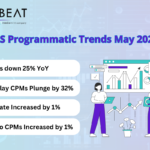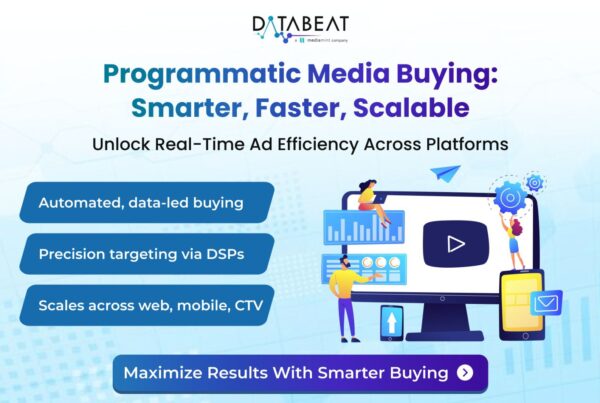
Programmatic Advertising
Programmatic advertising refers to the automated buying and selling of ad inventory in real-time using software and algorithms. In programmatic advertising, ad inventory is available through ad exchanges and networks. Advertisers can access ad inventory from multiple publishers and can target their ads to specific audiences based on a range of factors, including demographics, interests, behavior, and location. Programmatic advertising is highly automated, with ad placements and optimization handled by algorithms and software. This can save time and resources for advertisers, who can focus on strategy and creative development. However, programmatic advertising can present brand safety challenges, as ads may appear on inappropriate or low-quality sites.
Direct Advertising via GAM
Direct advertising refers to the purchase of ad inventory directly from publishers, without the use of ad exchanges or networks. With direct advertising via GAM, publishers offer ad inventory directly to advertisers. Advertisers can negotiate specific placements, ad formats, and targeting options with publishers. Direct advertising offers increased creative control as advertisers can negotiate specific ad formats and placements, allowing for greater influence in the creative development process. However, direct advertising may require more manual effort from advertisers, who may have to work closely with publishers to ensure optimal performance. Additionally, direct advertising may provide less transparency into ad performance and campaign results.
In terms of comparison, here are some key differences between programmatic advertising and direct advertising via GAM
| Comparison Factor | Programmatic Advertising | Direct Advertising |
|---|---|---|
| Ad Inventory | Available through ad exchanges and networks | Available directly from publishers |
| Targeting | Advanced targeting options based on demographics, interests, behavior, and location | Targeting options negotiated with publishers |
| Pricing | Real-time bidding based on supply and demand | Negotiated directly between advertiser and publisher |
| Transparency | High transparency with real-time reporting | Reporting provided by publisher, transparency may vary |
| Automation | Highly automated with algorithms optimizing ad placements. | Manual negotiations with publishers |
| Creative control | Limited customization options for ad formats and placements | Greater control over ad formats and placements |
| Brand Safety | Potential risks of ads appearing on inappropriate or low-quality sites | Control over ad placements and brand safety |
| Data Availability | Real-time data and reporting on ad performance | Availability of data may vary depending on publisher |
| Scale | Reach a wide audience across multiple publishers | Reach specific audiences through selected publishers |
| Complexity | Requires understanding of programmatic direct ecosystem | May require more direct communication with publishers |
In summary, programmatic advertising offers advanced targeting options, high transparency, and cost efficiency, making it an effective way to reach a large audience. Direct advertising, on the other hand, offers more control and customization options, but requires more time and effort to negotiate with publishers. Both methods have their advantages and disadvantages, and the choice depends on the advertiser’s goals and preferences. When considering programmatic vs direct advertising, it’s important to weigh the benefits of automation and reach against the personalized control of direct deals.









